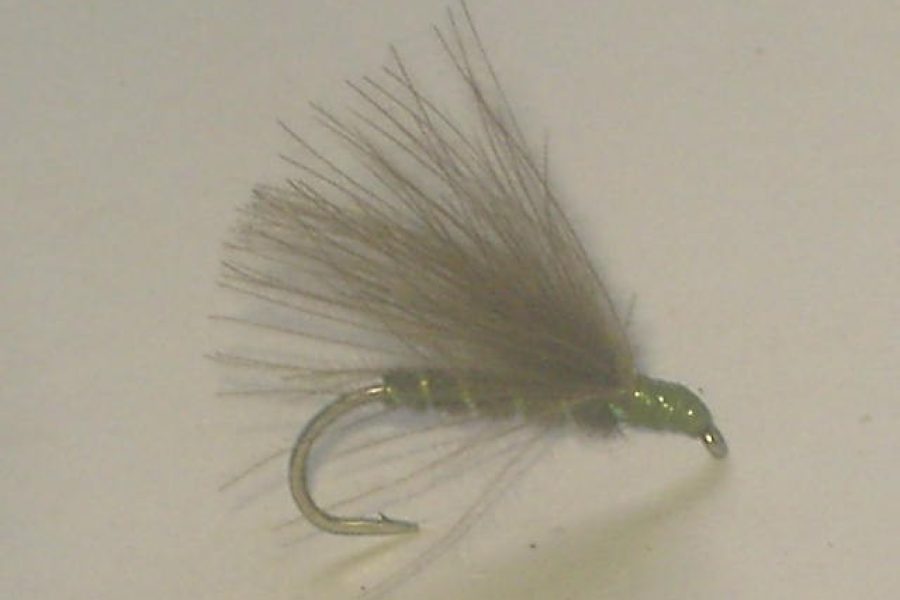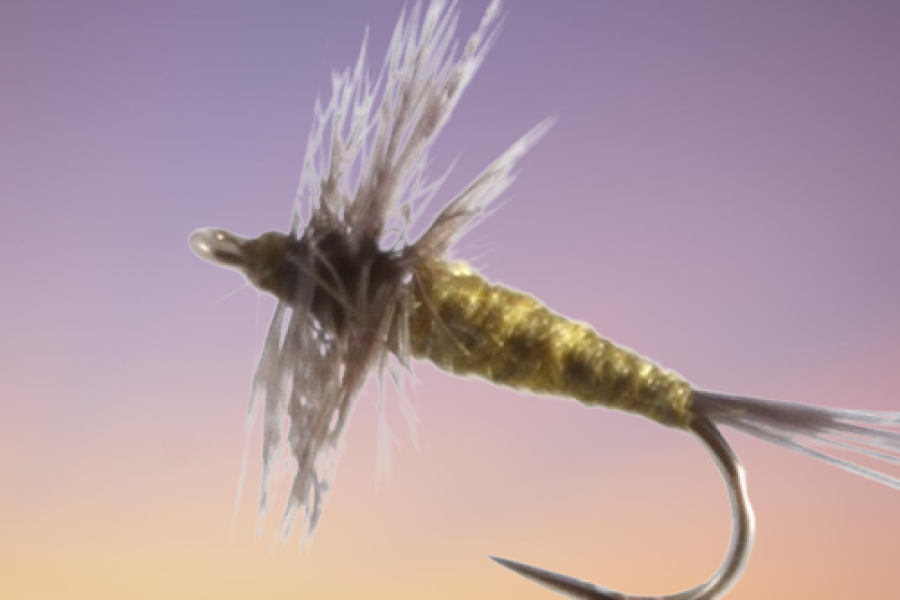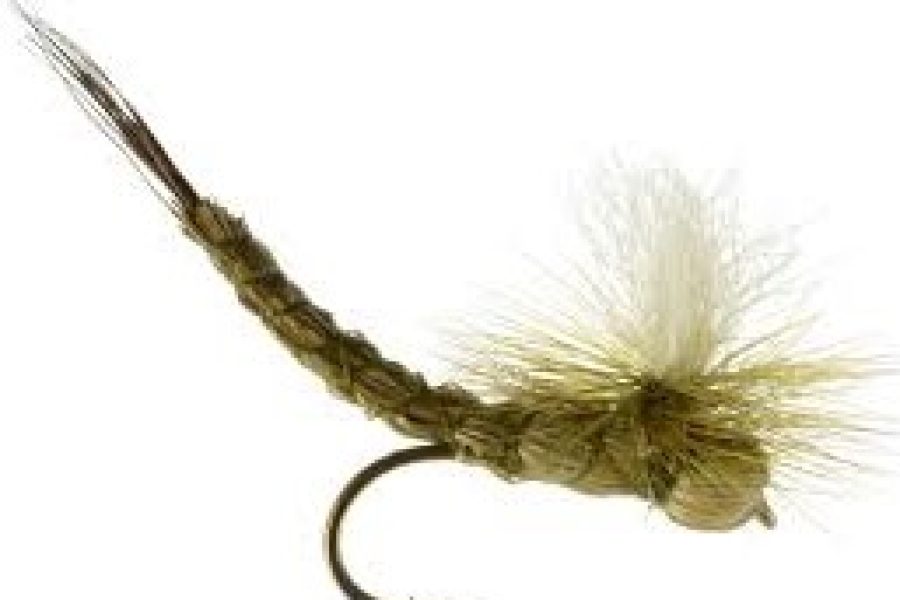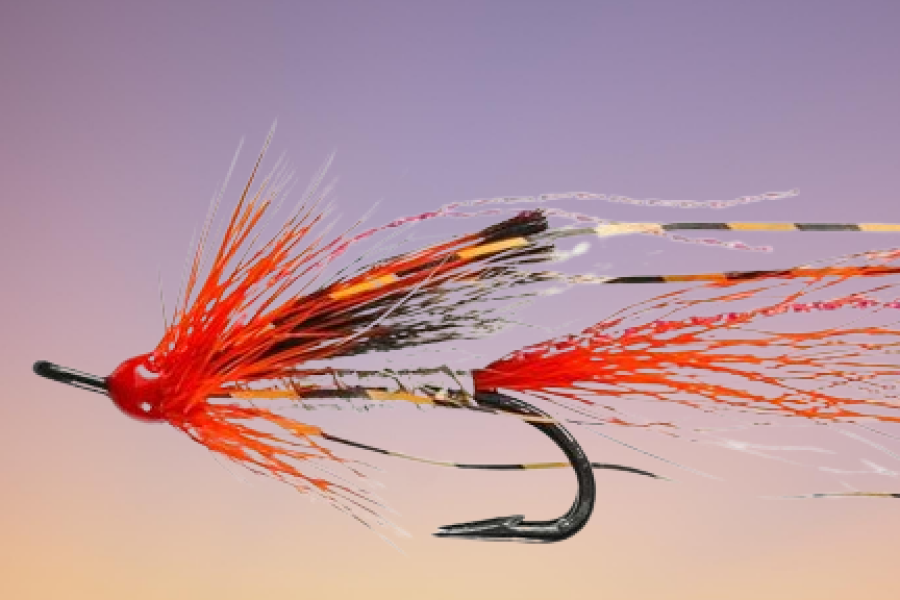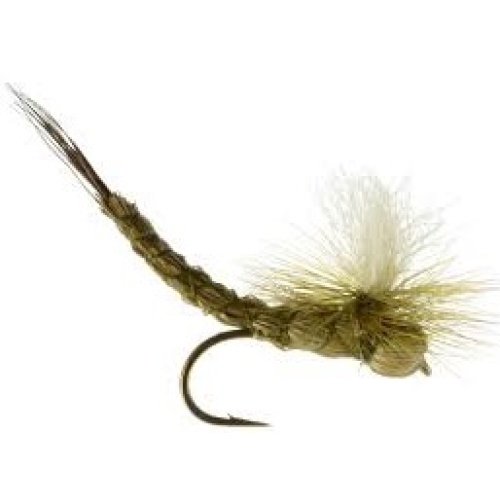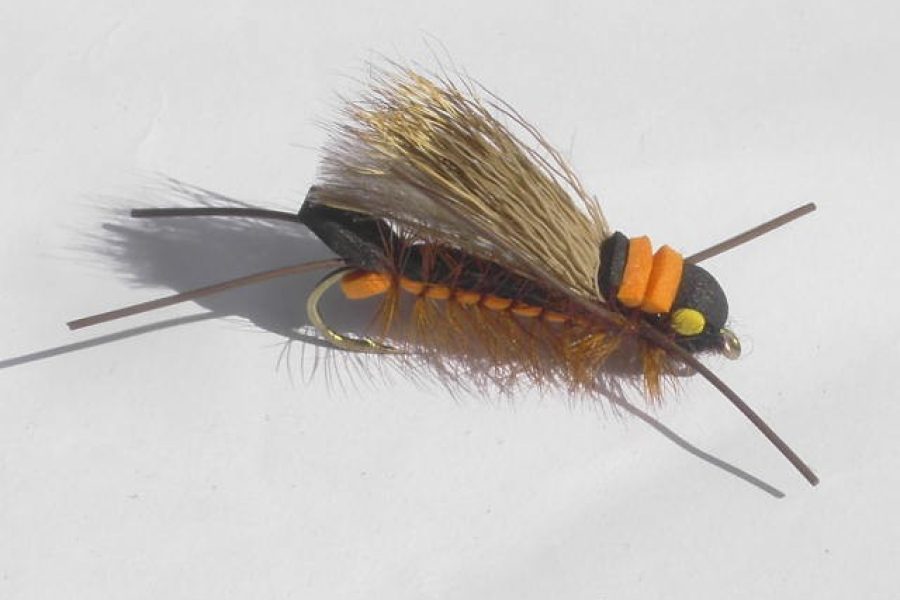Description
Product Overview and Historical Context The Green Drake Paradrake dry mayfly represents the pinnacle of innovative mayfly design, emerging from decades of refinement in parachute-style patterns. This specialized variant combines the superior visibility of a parachute post with the proven silhouette of traditional drake patterns, creating a highly effective imitation for one of fly fishing’s most celebrated hatches. Developed specifically to match the challenging conditions of Green Drake emergences, this pattern has become indispensable during these significant hatching events.
Innovative Design Elements Pattern Architecture:
- Extended body profile
- Multi-segmented thorax
- Specialized wing post
- Graduated hackle placement
- Balanced proportions
- Enhanced visibility features
- Realistic profile matching
- Specialized dubbing blend
- Strategic material integration
- Durable construction methods
Technical Engineering Hook Platform:
- Premium barbless design
- Specialized upturned eye
- Extended shank profile
- Optimized wire gauge
- Enhanced point geometry
- Corrosion-resistant finish
- Perfect weight balance
- Specialized bend angle
- Reinforced strength rating
- Precision-engineered shape
Material Integration:
- High-visibility post materials
- Premium genetic hackle
- Specialized synthetic dubbing
- Advanced floating treatments
- UV-resistant components
- Bio-mimetic materials
- Enhanced durability elements
- Color-stable components
- Water-repellent features
- Advanced synthetic blends
Construction Methodology Assembly Sequence:
- Precision post mounting
- Segmented body construction
- Graduated hackle application
- Strategic material layering
- Enhanced durability ties
- Profile maintenance techniques
- Balance point optimization
- Symmetry enhancement
- Float characteristic tuning
- Silhouette refinement
Fishing Implementation Presentation Strategies:
- Upstream dead drift
- Cross-current positioning
- Slack line techniques
- Reach cast applications
- Aerial mending methods
- Pattern manipulation
- Current seam targeting
- Structure approach tactics
- Visual tracking systems
- Drag elimination techniques
Specialized Applications:
- Primary hatch matching
- Spinner fall imitation
- Late evening emergence
- Low-light conditions
- Complex current situations
- Technical water presentation
- Selective fish targeting
- Multiple hatch scenarios
- High-pressure situations
- Clear water applications
Seasonal Deployment Spring Tactics:
- Early season emergence
- Water temperature matching
- Initial hatch timing
- Pattern size selection
- Color variation choices
- Presentation adaptation
- Light condition adjustments
- Weather pattern matching
- Fish behavior reading
- Feeding window targeting
Summer Implementation:
- Peak hatch periods
- Evening emergence timing
- Temperature considerations
- Light angle adaptation
- Oxygen level matching
- Fish holding patterns
- Current speed adjustment
- Depth consideration
- Pattern size variation
- Activity window targeting
Fall Strategy:
- Late season opportunities
- Changed light conditions
- Temperature adaptation
- Modified presentations
- Selective targeting
- Pattern size adjustment
- Color variation selection
- Weather pattern matching
- Fish behavior reading
- Feeding window optimization
Winter Applications:
- Limited opportunity windows
- Modified presentation methods
- Temperature considerations
- Pattern size adaptation
- Color selection criteria
- Light condition matching
- Fish behavior understanding
- Current speed adaptation
- Depth consideration
- Activity period targeting
Habitat Utilization Water Type Applications:
- Spring creek deployment
- Tailwater presentation
- Freestone river tactics
- Lake edge applications
- Stream pocket water
- Deep pool presentation
- Shallow riffle tactics
- Run fishing methods
- Bank water presentation
- Structure area targeting
Environmental Matching:
- Clear water presentation
- Stained water adaptation
- High sun conditions
- Low light situations
- Wind affected water
- Rain impacted surface
- Complex current patterns
- Temperature variations
- Depth considerations
- Structure proximity
Species Targeting Primary Targets:
- Brown trout tactics
- Rainbow trout methods
- Brook trout approach
- Cutthroat presentation
- Grayling techniques
- Mountain whitefish
- Lake trout adaptation
- Selective fish targeting
Behavioral Patterns:
- Surface feeding activity
- Selective taking habits
- Pattern recognition
- Territorial response
- Competitive feeding
- Opportunistic takes
- Visual targeting
- Lateral line sensing
Rigging Methodology Leader Construction:
- Extended leader design
- Specialized tippet selection
- Knot strength optimization
- Material compatibility
- Presentation enhancement
- Turnover characteristics
- Sink rate control
- Visibility considerations
- Strength matching
- Diameter selection
Presentation Systems:
- Single fly rigging
- Dropper configurations
- Multiple fly systems
- Indicator applications
- Weight integration
- Line matching methods
- Leader adaptation
- Tippet selection
- Float enhancement
- Depth control
Professional Application Guide Implementation:
- Client instruction methods
- Success rate optimization
- Visibility enhancement
- Presentation simplification
- Multiple technique options
- Teaching methodology
- Pattern confidence building
- Versatility demonstration
- Durability considerations
- Hook-up ratio improvement
Competition Usage:
- Tournament application
- Pressure situation handling
- Pattern rotation strategy
- Size variation tactics
- Color selection methods
- Presentation adaptation
- Visibility control
- Quick change systems
- Performance optimization
- Success rate enhancement
Maintenance Protocol Post-Use Care:
- Thorough drying process
- Material restoration
- Hook point maintenance
- Post straightening
- Hackle realignment
- Float enhancement
- Pattern inspection
- Shape verification
- Buoyancy testing
- Material preservation
Storage Requirements:
- Moisture control
- UV protection
- Compartmentalization
- Regular inspection
- Temperature control
- Light protection
- Ventilation systems
- Organization methods
- Inventory tracking
- Condition monitoring
Advanced Techniques Presentation Methods:
- Drift manipulation
- Drag prevention
- Strike detection
- Current reading
- Structure approach
- Pattern tracking
- Recovery systems
- Angle optimization
- Tension control
- Distance casting
Water Analysis:
- Current pattern reading
- Depth assessment
- Structure location
- Fish holding patterns
- Presentation angles
- Feeding lane identification
- Travel route mapping
- Rest area location
- Temperature variation
- Current seam identification
Environmental Impact Conservation Features:
- Sustainable materials
- Eco-friendly construction
- Catch-release optimization
- Environmental consideration
- Resource protection
- Species conservation
- Habitat preservation
- Impact minimization
- Material selection
- Ethical considerations


